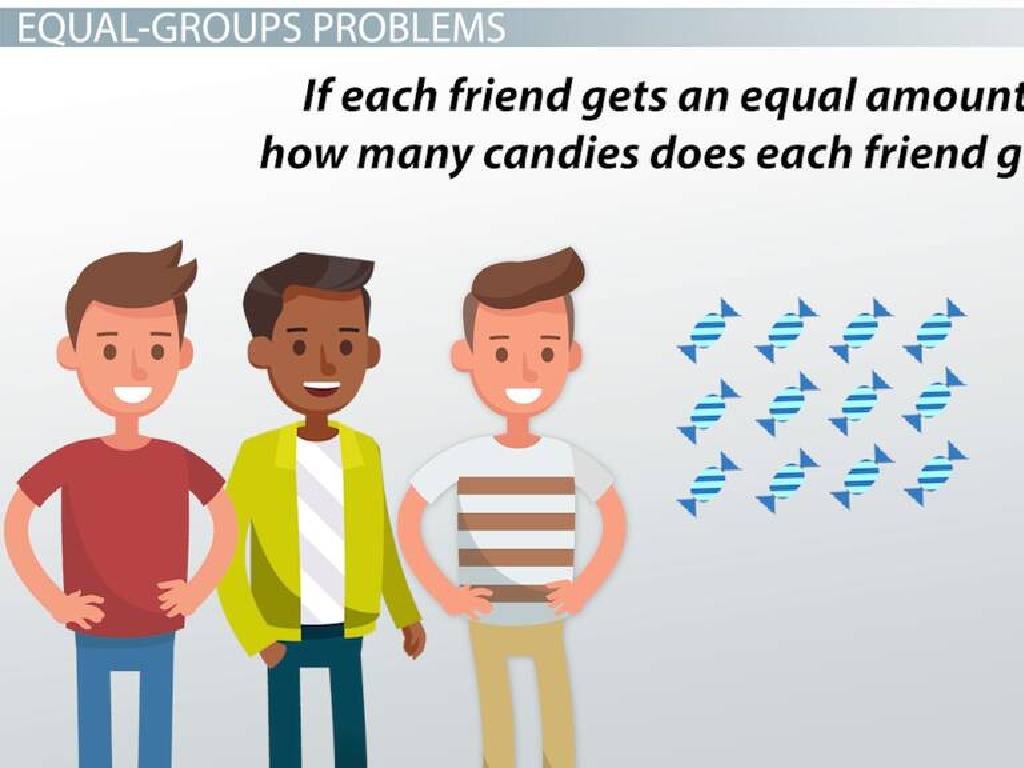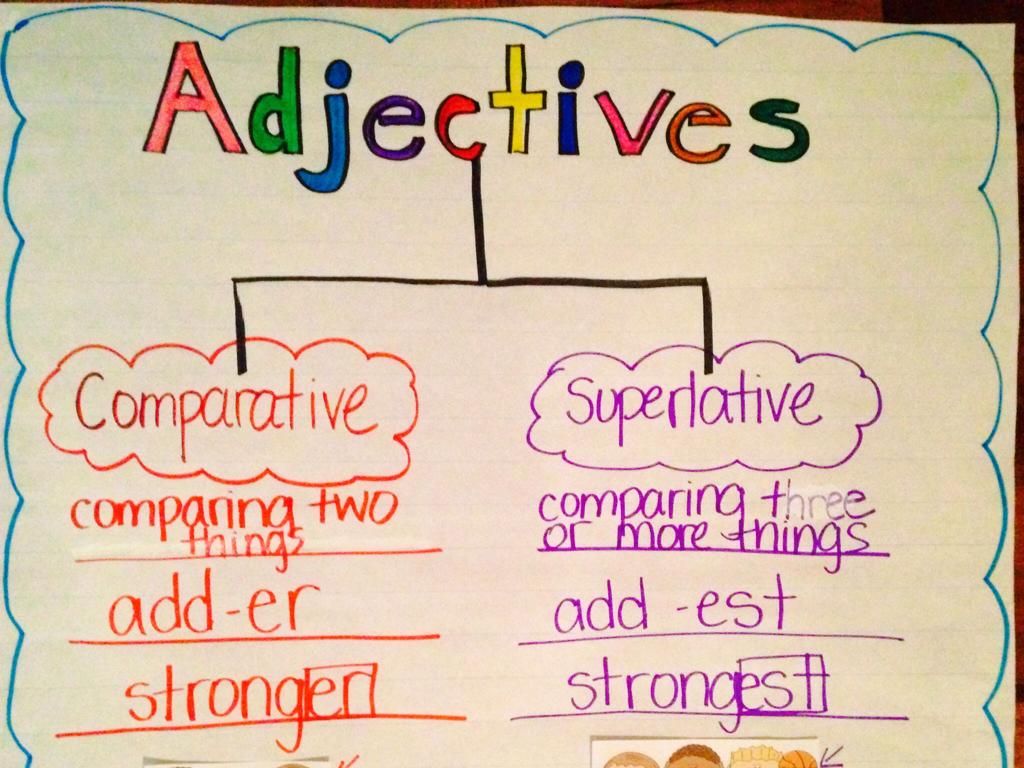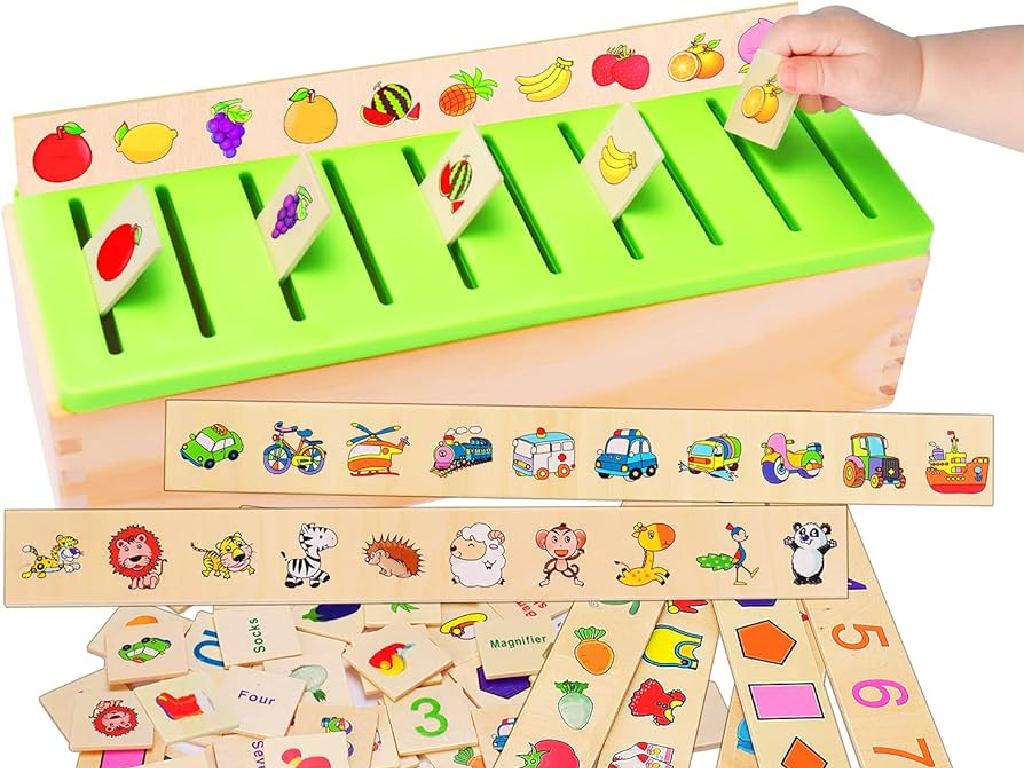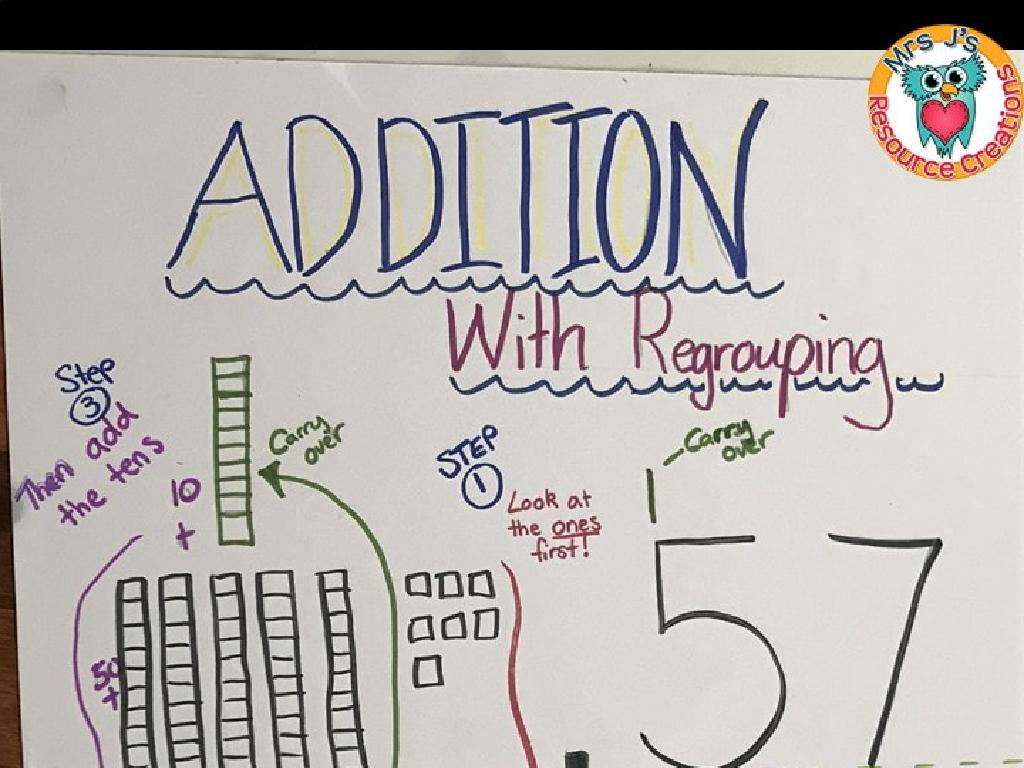Unscramble The Words To Make A Complete Sentence
Subject: Language arts
Grade: Second grade
Topic: Sentences, Fragments, And Run-Ons
Please LOG IN to download the presentation. Access is available to registered users only.
View More Content
Making Sense of Sentences!
– What is a sentence?
– A sentence has a subject, verb, and expresses a complete thought.
– Sentence vs. Fragment
– Fragments are incomplete sentences missing a subject or verb.
– Avoiding run-on sentences
– Run-ons are two sentences joined without proper punctuation.
– Sentence structure matters
|
This slide introduces the concept of sentence structure, which is crucial for effective communication. Start by explaining that a sentence is a group of words that contains a subject and a verb and expresses a complete thought. Contrast this with fragments, which are incomplete thoughts that don’t make up a full sentence. Then, discuss run-on sentences, which occur when two sentences are improperly joined without the correct punctuation or conjunctions. Emphasize the importance of sentence structure in making our writing clear and understandable. Use examples to illustrate each point and engage the students with exercises where they identify sentences, fragments, and run-ons.
What is a Sentence?
– A sentence expresses a complete thought
– It has a subject and a predicate
– Subject: who or what the sentence is about, Predicate: tells something about the subject
– Example: ‘The cat sat on the mat’
– ‘The cat’ is the subject doing the action, ‘sat on the mat’ is the predicate
|
This slide introduces the concept of a sentence to second graders. A sentence is not just a random collection of words; it must express a complete thought. It’s important to explain that every sentence has two parts: the subject and the predicate. The subject is the ‘who’ or ‘what’ of the sentence, and the predicate explains what the subject is doing. Use simple examples like ‘The cat sat on the mat’ to illustrate this point. Encourage students to identify the subject and predicate in sentences they read. This foundational understanding will help them in constructing their own sentences and in the activity of unscrambling words to form coherent sentences.
Sentence or Fragment?
– Understanding sentence fragments
– A fragment is a piece of a sentence, but not a whole sentence.
– Identifying missing parts
– Does it have a who (subject) and a what (predicate)?
– Example: ‘On the mat.’
– What’s missing? Who or what is on the mat?
– Let’s fix the fragment!
– We add a subject or action to make it complete.
|
This slide introduces the concept of sentence fragments to second graders. Begin by explaining that a sentence needs to have a subject (who or what the sentence is about) and a predicate (what the subject is doing). Show them the example ‘On the mat.’ and ask them to identify what’s missing. Guide them to see that there is no subject. Then, work together to fix the fragment by adding a subject, such as ‘The cat is on the mat.’ This turns the fragment into a complete sentence. Encourage students to come up with their own examples of fragments and then correct them to make complete sentences.
Watch Out for Run-ons!
– Run-on sentences: too many ideas
– Like a train with too many cars, a run-on sentence goes on too long.
– Example: ‘The cat sat on the mat it was a sunny day.’
– Notice how the cat sitting and the sunny day are two separate ideas?
– Breaking run-ons into sentences
– We can use a period or conjunction to separate ideas into sentences.
|
This slide introduces the concept of run-on sentences to second graders. Explain that a run-on sentence is like a train that has too many cars and just keeps going without stopping. Use the example provided to show how two separate ideas are incorrectly joined without proper punctuation. Teach the students how to identify where one idea ends and another begins, and how to use punctuation, like periods or conjunctions, to break them into separate sentences. For instance, ‘The cat sat on the mat. It was a sunny day.’ or ‘The cat sat on the mat, and it was a sunny day.’ Encourage students to come up with their own examples of run-on sentences and practice correcting them.
Unscramble the Words Activity
– Sentences have a specific order
– Jumbled words need rearranging
– Example: ‘mat the on sat cat The.’
– Correct order: ‘The cat sat on the mat.’
– Let’s unscramble together!
– We’ll practice making sentences.
|
This slide introduces the concept of sentence structure to second graders by engaging them in an unscrambling activity. Start by explaining that sentences are made up of words in a specific order and that jumbled words don’t make sense. Use the example provided to show how the words can be rearranged to form a coherent sentence. Encourage the students to think about where the sentence starts and what sounds right. During the activity, guide them to look for the capital letter to find the beginning of the sentence and the punctuation mark for the end. Have them practice with the example and then try unscrambling sentences on their own or in small groups. Provide immediate feedback and praise to reinforce learning.
Let’s Practice Unscrambling!
– Pair up for unscrambling fun
– Unscramble sentences together
– Mix up words and find the right order
– Find the subject and predicate
– Subject does, predicate is the action
– Share with the class
– Tell us your sentences
|
This slide is for a class activity focused on unscrambling sentences. Students should be paired up to encourage teamwork. The activity will help them understand sentence structure by identifying the subject (who or what the sentence is about) and the predicate (what the subject is doing). After unscrambling, each pair will share their sentences with the class, allowing for a fun and interactive learning experience. As a teacher, walk around the classroom to assist pairs that might be struggling and to ensure that all students are engaged. Possible sentences to unscramble could be: ‘is sunny It outside’, ‘dog The barks loudly’, ‘can jump high Frogs’, ‘fun is Learning’.
Class Activity: Sentence Scramble!
– Work in groups to unscramble sentences
– Use subjects and predicates knowledge
– Remember, the subject is who or what the sentence is about
– Each group presents their sentences
– Share your sentences with the class confidently
– Have fun rearranging words!
– Enjoy the challenge and help each other
|
This activity is designed to help students understand sentence structure by identifying subjects and predicates. Divide the class into small groups and provide scrambled sentences on strips of paper. Encourage them to use their knowledge of sentence parts to put the words in the correct order. Each group will have a chance to present their sentences to the class, allowing for peer learning. As they work, circulate the room to offer guidance and ensure each group understands the concepts. Possible sentences for the activity: ‘The dog barked loudly.’, ‘She ate her breakfast quickly.’, ‘The sun is shining brightly.’, ‘They played at the park yesterday.’
Sentence Scramble Wrap-Up & Homework
– Excellent work on sentence unscrambling!
– Complete sentences convey complete thoughts
– A sentence needs a subject and a verb
– Homework: Create 3 scrambled sentences
– Use words from today’s lesson for your sentences
– Exchange scrambles with a friend
– Have fun solving each other’s puzzles!
|
Today’s class focused on the skill of unscrambling words to form complete sentences. Reinforce the concept that a complete sentence must have both a subject and a verb and express a full thought. For homework, students are tasked with writing three sentences of their own, scrambling the words, and then exchanging these scrambles with a friend to solve. This activity will help solidify their understanding of sentence structure while encouraging peer interaction. In the next class, allow students to share their original sentences and discuss any challenges they faced with the activity.






